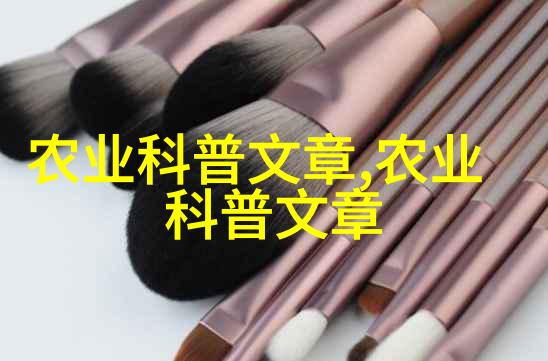茶韵学探究喝茶文化中的哲学艺术与健康
茶韵学:探究喝茶文化中的哲学、艺术与健康

一、喝茶的起源与发展
喝茶作为一种悠久的饮品文化,源远流长,其历史可以追溯到中国古代。据史料记载,早在西汉时期,就有了“茗茗酒”、“茯苓酒”的记录,这些都是用植物提取液制作成的饮品。在唐宋时期,茶叶开始被当作一种药物来使用,而到了明清时期,随着对外交流的加深,各种各样的新种类的茶叶相继出现。

二、喝茶知识概述
drinkers of tea are not just sipping on a beverage, they are participating in an ancient and rich cultural tradition. The knowledge surrounding tea is vast and multifaceted, encompassing everything from the history of its cultivation to the art of preparing it.

三、哲学之美——喝tea中的内涵
The philosophy behind drinking tea goes beyond mere sustenance; it is about cultivating mindfulness, discipline, and harmony with nature. Tea ceremonies in Japan serve as a prime example of this philosophical approach. They emphasize the importance of simplicity, elegance, and respect for one's surroundings.

四、艺术之境——喝tea中技艺演绎
Drinking tea has also become an art form in itself. The way one prepares and serves tea can be considered a form of performance art. In China, there exists a long-standing tradition called Gongfu Cha () which involves brewing small quantities of loose-leaf tea leaves in intricate teapots called Yixing teapots (). This method allows for great control over the flavor profile and aroma released during each sip.

五、健康效益——科学解读
Research has shown that drinking green or black teas may have health benefits due to their high antioxidant content. Antioxidants help protect cells from damage caused by free radicals which can lead to various diseases such as cancer or heart disease. Moreover, studies have found that moderate consumption (2 cups per day) may even lower blood pressure levels.
六、大众化与现代化——传统与创新并存
Despite its rich history and cultural significance, drinking tea has evolved over time to accommodate modern tastes preferences while still maintaining many traditional aspects. Modern society now offers countless varieties including fruit-infused teas (e.g., rose-petal), herbal blends (e.g., chamomile), white teas made from young buds instead of mature leaves like green or black teas.
七、高级享受——从单一品种到复合调配
From single-origin estate-grown varietals like Japanese Matcha (), Chinese Longjing () or Indian Darjeeling (), connoisseurs seek out unique flavors profiles depending on factors such as altitude at which grown , soil composition etc.. Meanwhile some choose blended offerings featuring multiple types – these often result in complex taste experiences reflecting both base notes & floral hints among others.
八、小结:沉浸于每一个瞬间 —— 吃咖啡还是吃绿豆?
In conclusion while coffee remains popular around world especially among younger generations who appreciate strong bitter taste combined with caffeine kick associated with stimulating alertness & energy boost . For those seeking tranquility relaxation amid chaotic lifestyles – whether they prefer soothing warmth provided by hot beverages like milk-based lattes/teas or perhaps something more refreshing like iced infusions - there exists no shortage options catering diverse tastes & preferences within realm "drinking".